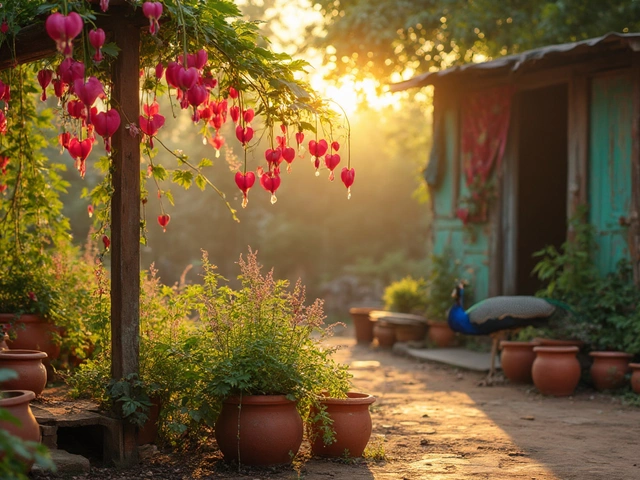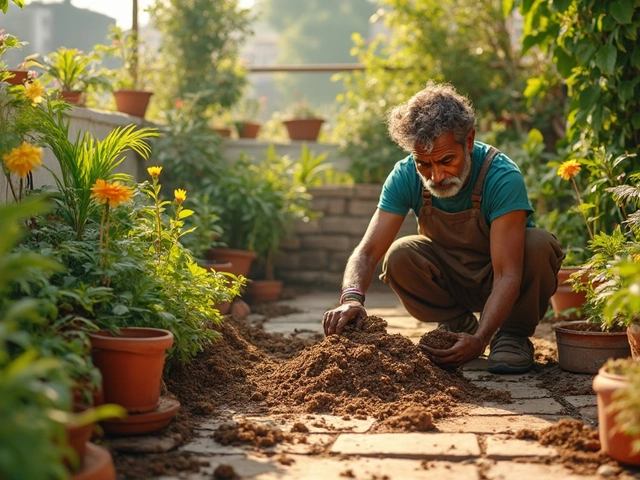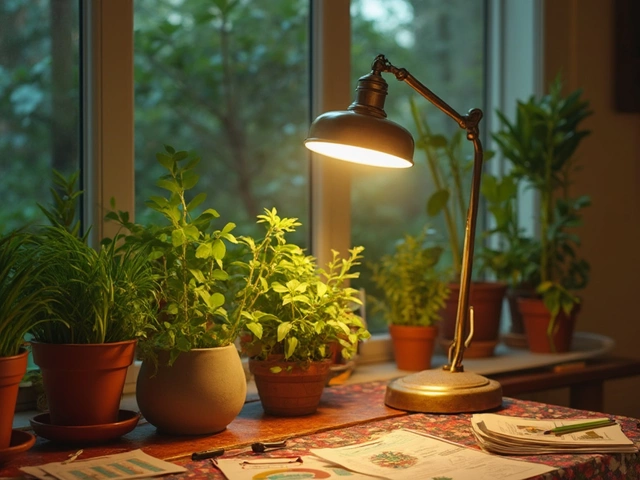Styrofoam in the Garden: What Works and What Doesn’t
If you’ve ever seen a garden with white, lightweight blocks, you’ve probably spotted styrofoam. Many gardeners use it as cheap mulch, a potting medium, or even a makeshift greenhouse cover. It’s cheap, it’s light, and it does a decent job of keeping soil warm. But before you fill your beds with it, there are a few things you should know.
First, styrofoam is basically plastic. It doesn’t break down in the soil, so over time it can build up and hurt soil life. In Indian climates where the monsoon brings heavy rain, styrofoam can wash away and end up in waterways. On the upside, it does trap heat, which can help seedlings grow faster during cool mornings. It also reduces water loss because water can’t easily evaporate through the foam.
How to Use Styrofoam in Your Garden
If you decide to give styrofoam a try, keep it simple. Cut the foam into small sheets and lay them on top of a thin layer of compost. This creates a barrier that stops weeds and keeps the soil warm. Water through the foam by inserting a drip line or a watering can directly onto the soil; the foam will let water seep through slowly.
Another popular use is as a filler for pots. Mix broken pieces of styrofoam with potting soil to make the mix lighter. Light soil means less effort when you move plants around, especially on balconies. Just make sure the foam pieces are small enough not to block root growth.
When you use styrofoam as a greenhouse cover, stretch a clear sheet over a frame made of bamboo or PVC and tape the foam on the inside. The foam acts like insulation, keeping the temperature steady during chilly nights.
Eco‑Friendly Alternatives to Styrofoam
Because styrofoam stays in the ground forever, many gardeners are switching to natural materials. Coconut coir, rice husk, and straw are cheap, locally available in India, and break down naturally, feeding the soil instead of choking it.
Coconut coir is especially good for pots. It’s light, holds water well, and you can compost it after use. Rice husk mulch looks similar to straw but is a by‑product of rice milling, so it’s almost free for many farmers. Spread it like you would straw to keep weeds down and retain moisture.
If you need insulation, try using a layer of dried leaves or shredded newspaper. They’re not as sleek as styrofoam, but they do the job and disappear when you add fresh compost. For greenhouse covers, clear plastic film works fine and can be reused season after season.
Bottom line: styrofoam can be handy for short‑term projects, but it’s not a long‑term solution for a healthy garden. Whenever possible, choose materials that feed the soil and keep the environment clean. Your garden will thank you with richer soil, fewer weeds, and a lighter carbon footprint.

Is Styrofoam Safe for Vegetable Gardens? The Truth About Using Polystyrene in Gardening
Dig into the safety and effects of using Styrofoam in vegetable gardens. Learn if polystyrene is safe, what experts say, and get practical tips from real gardeners.
About
Gardening
Latest Posts


Exploring the Alternative Name for Drip Irrigation
By Alden Thorne Feb 10, 2025

Can I Just Put Perlite on Top of Soil? Here's What You Need to Know
By Alden Thorne Mar 11, 2025

Mixing Top Soil with Garden Soil: Smart Tips for Terrace Gardening
By Alden Thorne Apr 1, 2025
